Bikini Trill
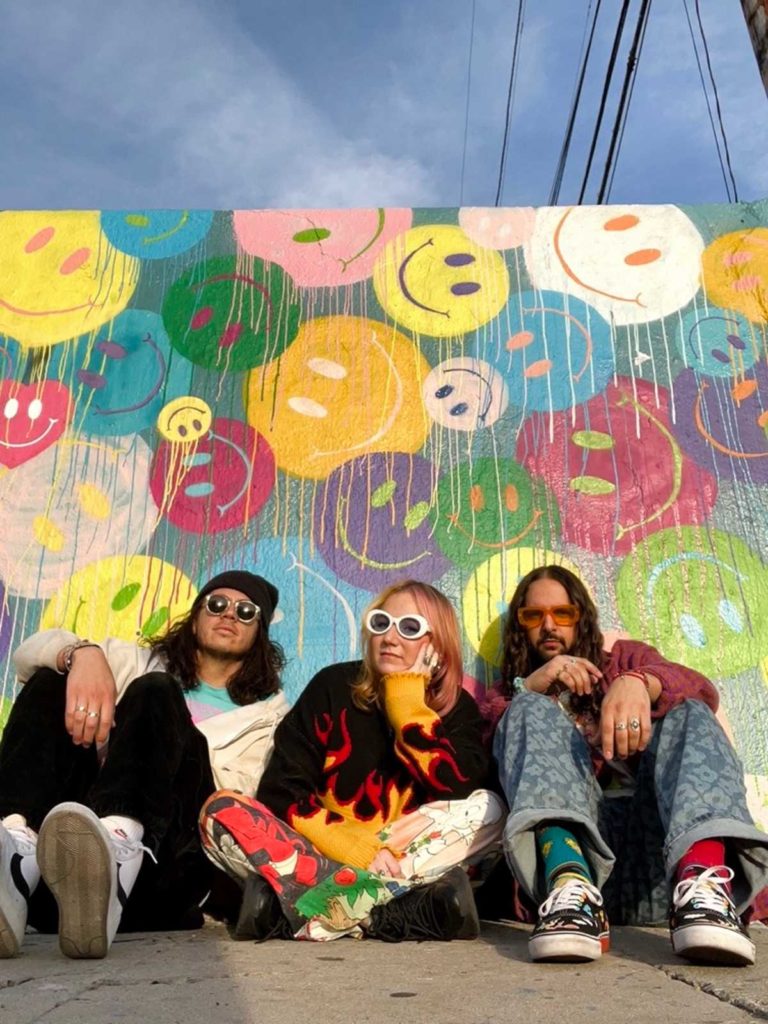
Bikini Trill is a vibrant surf-pop trio based in Los Angeles, California, celebrated for their unique blend of genres and captivating live performances. Founded in 2017, the band features the talents of vocalist Lauren ‘LJ’ Johnson, guitarist Tony Barker Stern, and bassist Kourosh ‘Roach’ Poursalehi. Their eclectic sound, which skillfully merges electronic, hip-hop drums, skank island guitars, and entrancing vocal melodies, has drawn comparisons to notable acts like Santigold, Sublime, and Red Hot Chili Peppers.In the spring of 2017, Bikini Trill made their live performance debut at the famed SXSW festival in Austin, Texas. They quickly gained momentum, embarking on their first nationwide tour in the fall of 2018, opening for New Politics and The Score. This was promptly followed by another nationwide tour in support of Reel Big Fish.2019 marked a significant year for the band as they collaborated with Jared Watson of ‘Dirty Heads’ on their single, ‘Lost Boy’. The song premiered on 96.5FM The Buzz and gained further recognition by making it onto Spotify’s Fresh Picks Playlist. That same year, Bikini Trill embarked on their first nationwide amphitheater tour alongside 311, The Dirty Heads, Interrupters, and Dreamers. Their captivating performances at renowned venues such as Red Rocks Amphitheater, Austin 360 Amphitheater, and Bank of New Hampshire Pavilion were met with sold-out crowds.In addition to their impressive touring record, Bikini Trill has also graced the stages of various esteemed music festivals. Their festival performances include Wonderfront Festival, One Love, Cali Vibes Fest, Bay Fest, Reggae Rise Up Maryland & Las Vegas, Everwild, and Summer Roots Fest.Presently, Bikini Trill is basking in the success of their latest EP release, “Hello, Welcome!” They are also preparing for a series of summer shows on the East Coast, supporting Dirty Heads, Lupe Fiasco, and Yelawolf. Their recent single, “What’s The Rush?!” has received notable recognition, earning a spot on KROQ 106.7’s Top 15 of 2022.Website | Instagram | Twitter | Facebook | Spotify | YouTube
Cole Chaney
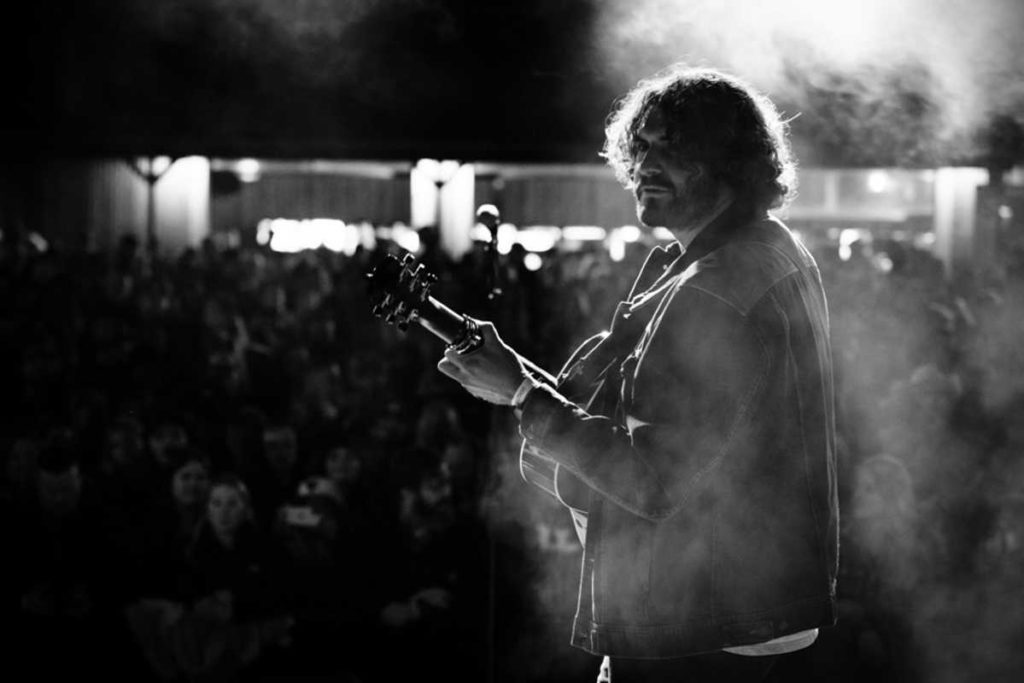
“Originally from Boyd County, KY, Chaney has since relocated to Lexington and is sure to be the next big thing coming out of Kentucky. At only 21 years old, Chaney’s catalog may be small, but he already boasts an absolute masterpiece of an album in which he proves wise beyond his years.Mercy, his debut album released in 2021, is a 12-song showcase of Eastern Kentucky, blue collar anthems highlighted by Chaney’s deft lyricism and storytelling. An unknown musician prior to the album’s release, Chaney has since experienced a meteoric rise in popularity and has quickly amassed a growing and dedicated fan base, already thirsty for new music.”-Whiskey Riff Website | Instagram | Facebook | YouTube
Aterciopelados
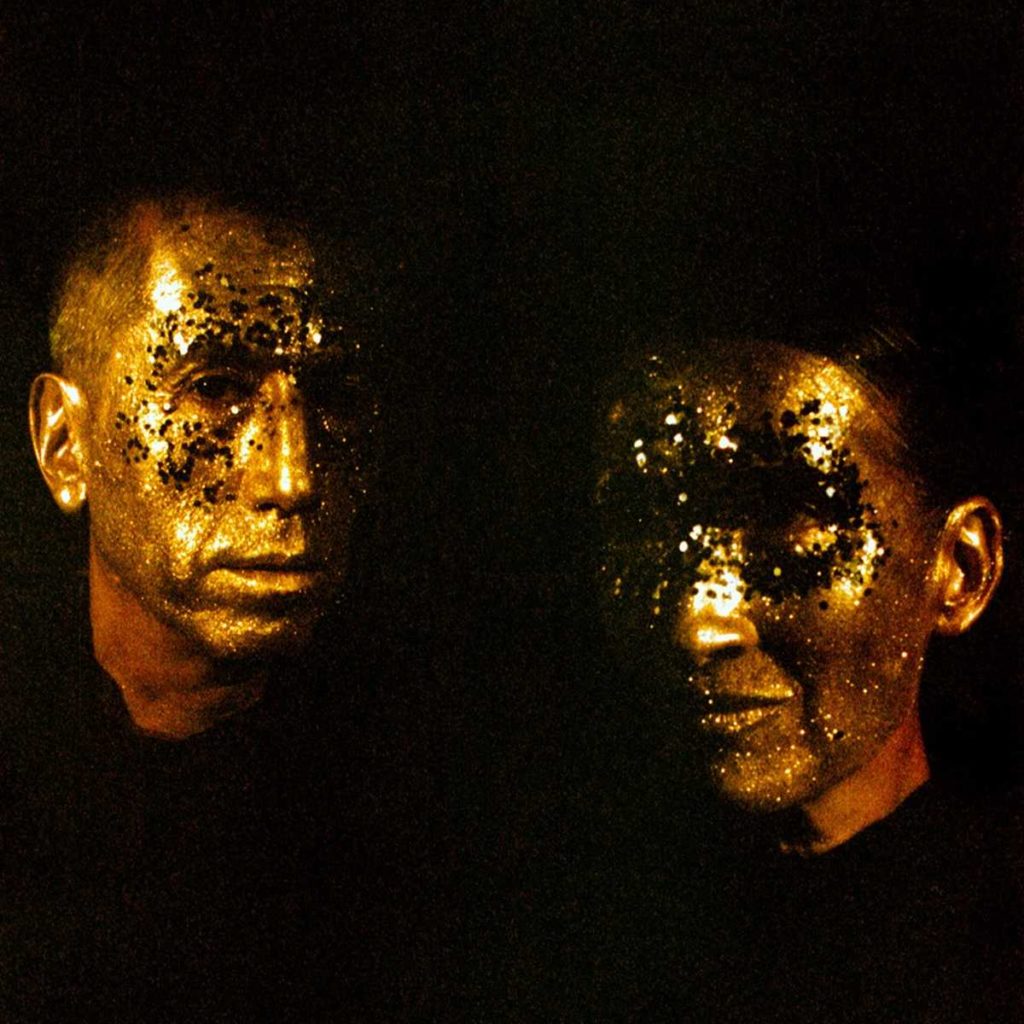
Aterciopelados is the most emblematic band of Colombian rock. They possess an enormous repertoire of classics, such as: Florecita Rockera, Bolero Falaz, Maligno, El Álbum and more others), while staying relevant by experimenting, creating, and adapting. Andrea Echeverri and Conector have journeyed through the alternative Ibero-American music scene for 30 years. They are winners of 3 Latin Grammys for their albums ‘Gozo Poderoso’ in 2001, ‘Oye’ in 2007, and ‘Claroscura’ in 2018; and have been nominated 6 times for the Grammy Awards.This dynamic duo has written part of Colombian history in choruses and verses, with a feminine voice, they have lamented its violence and committed themselves to a possible future, fairer and less violent.With 11 albums: ‘Con el Corazón en la Mano’ (1993), ‘El Dorado’ (1995), ‘La Pipa De La Paz’ (1996), ‘Caribe Atómico’ (1998), ‘Gozo Poderoso’ (2000), ‘Evolución’ (2002), ‘Oye’ (2006), ‘Río’ (2008), ‘Reluciente, Rechinante y Aterciopelado’ (2016), ‘Claroscura’ (2018), and ‘Tropiplop’ (2021), they have transcended in the industry, breaking stereotypes, creating music with messages of female empowerment, environmental awareness, melodrama, impossible loves, and possible peace processes. In 2021, they presented their latest album ‘Tropiplop’, a cry in defense of art, women, and the planet, which earned them 2 nominations for the 2021 Latin Grammy Awards. They also released the singles ‘No Se Viola’ (ft. La Muchacha), ‘Ovarios’ (ft. Vivir Quintana) and ‘Plañidera’ (ft. Las Áñez), which were part of Andrea Echeverri’s art exhibition ‘Ovarios Calvarios’.During 2022, they toured Europe, Latin America & the United States with the ‘Tropiplop Tour’; they released the singles: ‘Síganme los buenos’ in collaboration with Bomba Estéreo and ‘Volver a Solreír’ with Ruben Albarrán from Café Tacvba. They also premiered the music video for the song ‘Meditacielo’ included in the album ‘Tropiplop,’ and their episode of ‘BIOS. VIDAS QUE MARCARON LA TUYA’ on National Geographic, where they took an emotional and revealing journey through the history of Aterciopelados.”For this 2023, Aterciopelados commemorates the 28th anniversary of their album ‘El Dorado’ (1995) with a major tour across Colombia, Latin America, United States, and Europe.Website | Instagram | Twitter | Facebook | Spotify | YouTube | TikTok
Reverend Horton Heat

Loaded .38s, space heaters, and big skies. Welcome to the lethal, littered landscape of Jim Heath’s imagination. True to his high evangelical calling, Jim is a Revelator, both revealing and reinterpreting the country-blues-rock roots of American music. He’s a time-travelling space-cowboy on an endless interstellar musical tour, and we are all the richer and “psychobillier” for getting to tag along. REVEREND HORTON HEAT have been the outlet of this creative mind for 29 years, leading to 10 full-length albums, 3 “best-of” collections, 2 DVD releases and thousands of memorable live performances. Never reaching platinum status or having a #1 radio single hasn?t been a problem for the Rev either, the band has continually been a mainstay of late night television and has toured with legendary acts such as Johnny Cash, Motorhead, Marilyn Manson, The Ramones, and many more, all of whom hold the Rev in the highest regard, as a true music industry legend. Now, entered into a fresh new partnership with Victory Records, REVEREND HORTON HEAT show no signs of slowing down in 2014. January 21st marks the release of their 11th studio album, appropriately titled REV. The album marks a much lauded return to riff-laden, out-of-control rock ‘n roll that fans fell in love with when they first heard “Psychobilly Freakout”. The album’s first single has already turned heads; “Let Me Teach You How to Eat” is REVEREND HORTON HEAT at its finest: tongue-in-cheek and so catchy, it won’t leave your head for weeks. The band has an incredible tour history and, with major shows and tours already booked throughout the year, will make sure you get the chance to dance one more time! Jim Heath and Jimbo Wallace have chewed up more road than the Google Maps drivers. For twenty-five psycho(billy) years, they have blazed an indelible, unforgettable, and meteoric trail across the globe with their unique blend of musical virtuosity, legendary showmanship, and mythic imagery. “REVEREND HORTON HEAT, he’s great and plays the music he believes in and nothing else. Go see him or I’ll kill you!!” Lemmy Kilmister (MOTORHEAD) Rev your engines and catch the sermon on the road as it’s preached by everybody’s favorite Reverend. REV is out January 21st. Website | Facebook | YouTube
Idlewild South & Friends
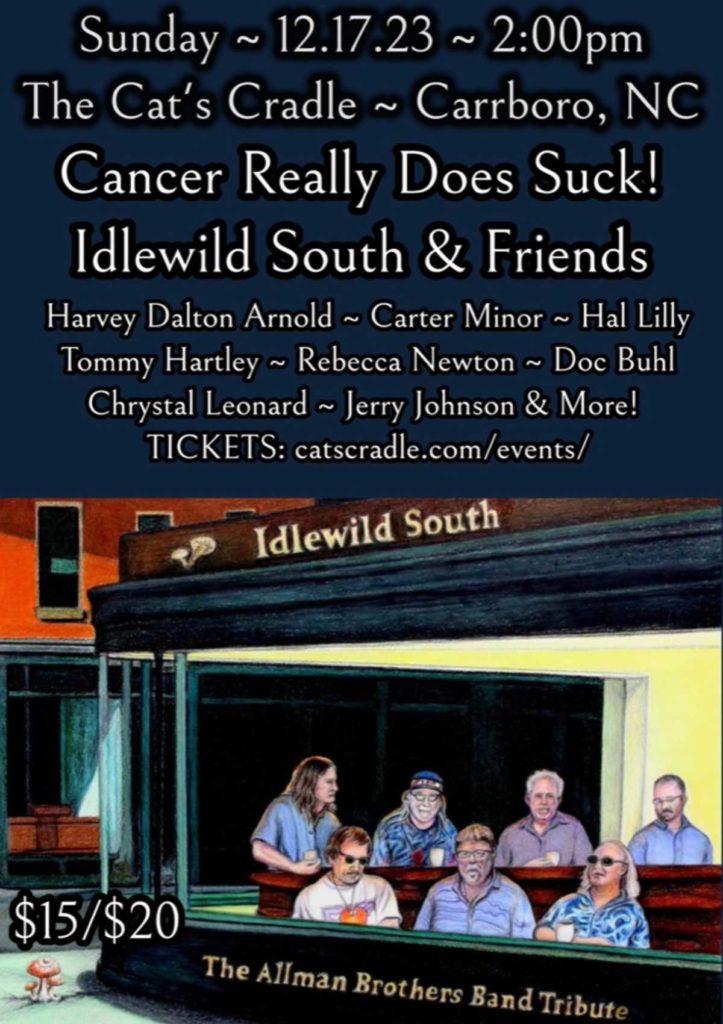
Featuring Harvey Dalton Arnold, Carter Minor, Hal Lilly, Tommy Hartley, Rebecca Newton, Doc Buhl, Chrystal Leonard, Jerry Johnson & More!
The Hip Abduction
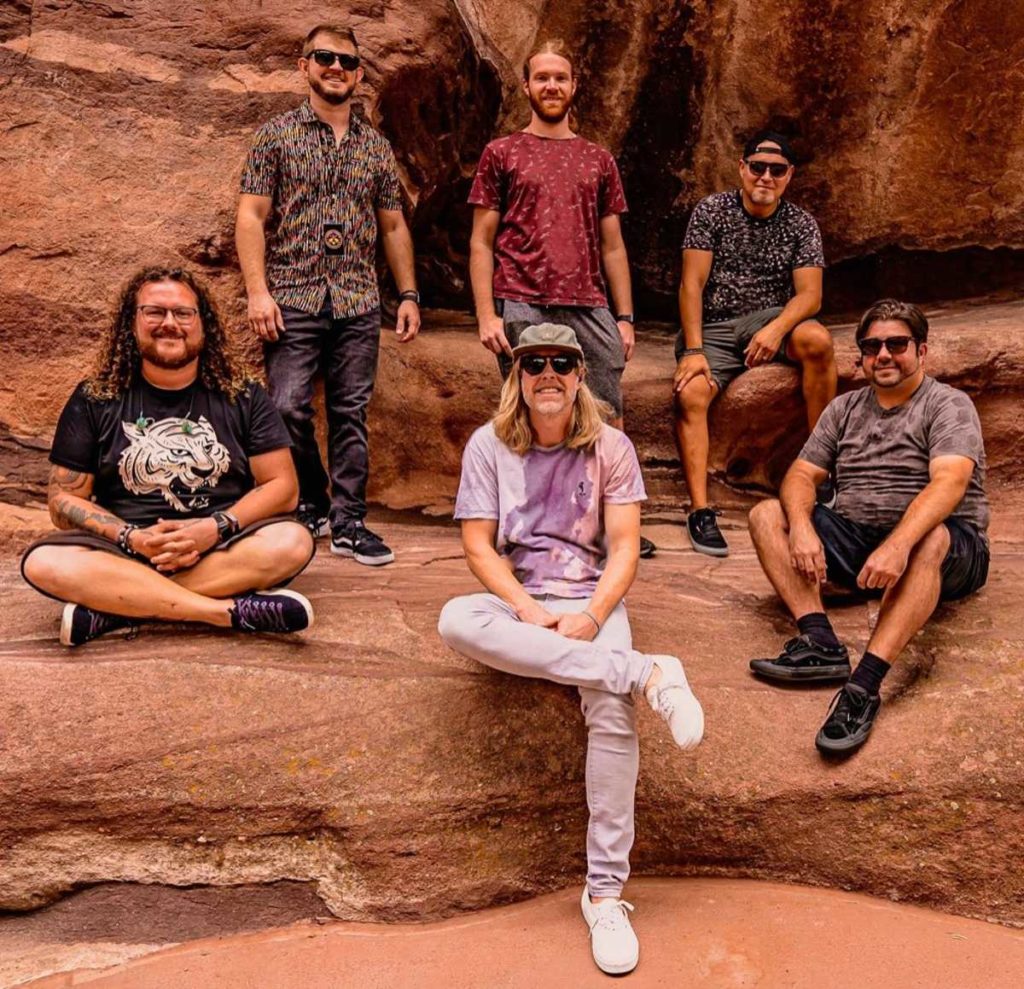
Evoking the ocean and guided by the spirit of travel, The Hip Abduction pilot a sonic expedition past genre barriers. The band is the moniker for singer/songwriter David New who writes and produces music in between travel excursions and touring. Live shows morph into a versatile musical ensemble consisting of Matt Poynter (drums), Chris Powers (bass), Justino Walker (guitar, vocals, ngoni), and Cody Moore (keys, sax); each of whom have a mutual appreciation for African (Afrobeat/Soukous/Malian Blues), Reggae, and American (jam/electronic/indie) music. Since 2012, the band has played almost every noteworthy music festival in the country, has landed major TV/Movie syncs and Sirius Xm radio spins, have 500k+ mo listeners on Spotify, have provided direct cross country tour support for artists like Dirty Heads, Galactic, Slightly Stoopid, The Revivalists, and who’s highly energized live show have landed the 5-piece a sizable fanbase across the US and Canada.Website | Facebook | Spotify | YouTube
Stolen Gin
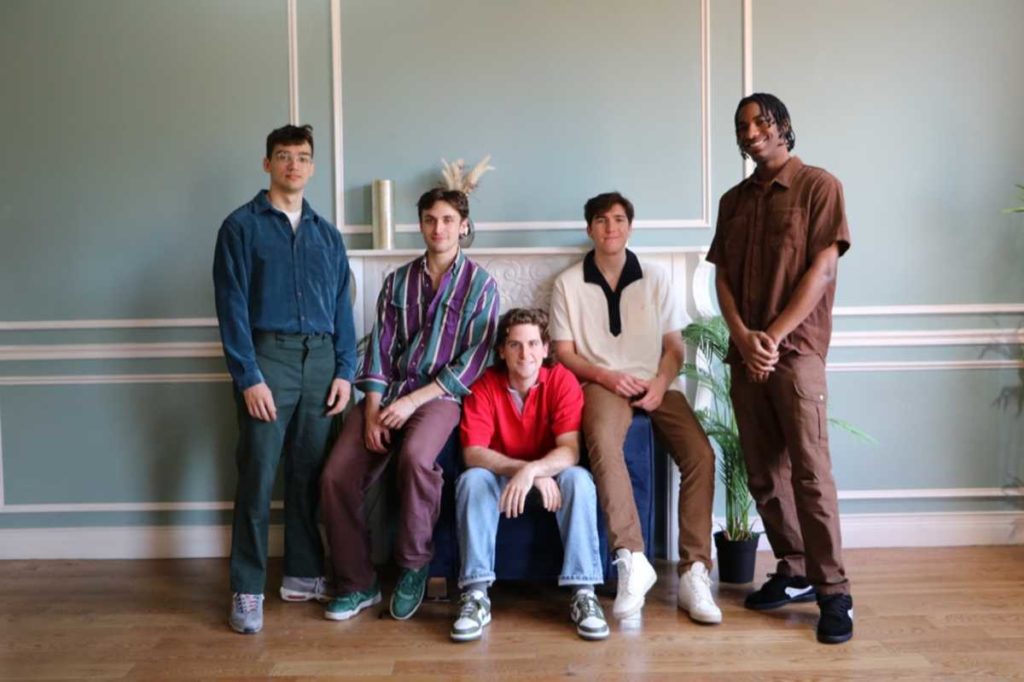
We’re Stolen Gin, a band from New York City. We’re known for our high-energy live act and avid improvisation — we never play songs the same way twice. We met as students at New York University, and first came together playing college parties on NYC rooftops. Our goal then was the same as it is now: to make every gig feel like a party, and to keep people dancing. – Jackson, Evan, Will, Josh and Sawyer Website | Instagram | Facebook | Spotify | YouTube | TikTok
AJ Lee & Blue Summit

AJ Lee and Blue Summit made their first appearance in Santa Cruz in 2015. Led by singer, songwriter, and mandolinist, AJ Lee, the bluegrass band has performed all over the world, but finds home in California’s Bay Area. The latest full length project, I’ll Come Back, debuted August 2021 – with national touring in support of the record ongoing. Although falling loosely under the bluegrass label, AJLBS generally plays sans banjo, with Sullivan Tuttle and Scott Gates on steel stringed acoustic guitars, AJ on mandolin, Jan Purat on fiddle, and Chad Bowen on upright bass – a configuration effectively used to create unique space and texture in the arrangements not as commonly found in the music of their peers. Drawing from influences such as country, soul, swing, rock, and jam music, the band uses the lens of bluegrass as a vessel through which to express and explore the thread that binds and unifies all great music.Website | Instagram | Twitter | Facebook | YouTube | TikTok
KMFDM
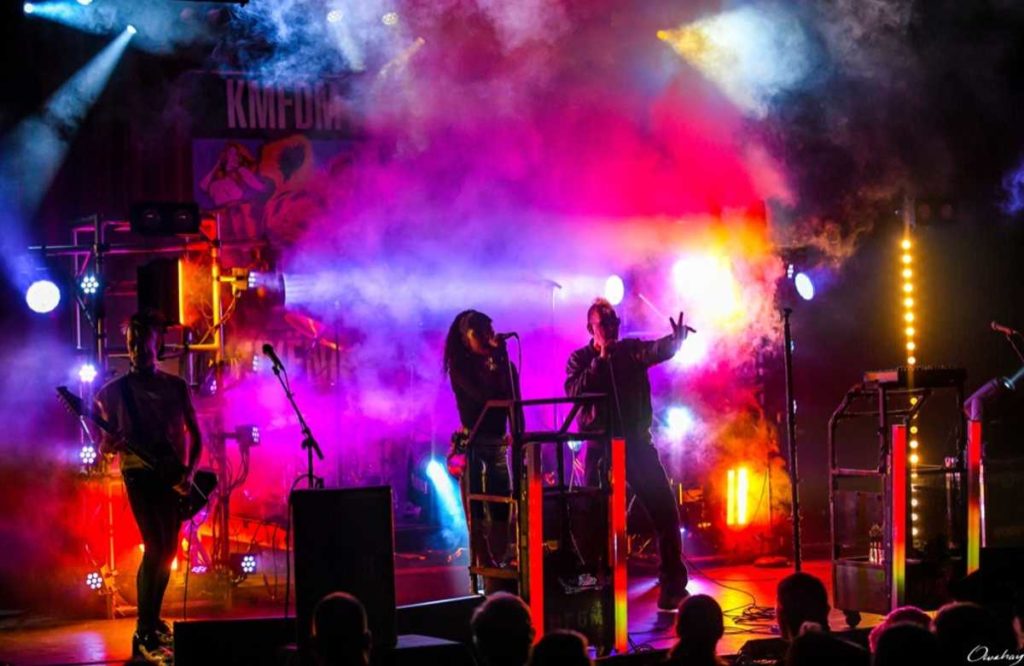
KMFDM (originally Kein Mehrheit Für Die Mitleid, loosely translated by the band as “no pity for the majority”) is a multinational industrial band from Hamburg, Germany, led by Sascha Konietzko, who founded the band in 1984 as a performance art project in Paris, France. The band’s earliest albums were recorded in Germany before they moved to the United States, where they found much greater success with seminal record label Wax Trax! out of Chicago. Throughout the 90’s KMFDM constantly evolved with a revolving door line-up, becoming a household name in the US music scene. Their 1995 hit “Juke Joint Jezebel catapulted KMFDM into the Billboard charts and got them onto many movie soundtracks, notably Bad Boys and Mortal Kombat. Bands such as Rammstein or Korn had their humble beginnings opening up on KMFDM’s tours.KMFDM took a brief hiatus in early 1999 after having recorded their 10th album for Wax Trax Records which had run afoul in the hands of TVT Records. Konietzko resurrected KMFDM in 2002 on Metropolis Records with a partially new line-up that included among others American singer Lucia Cifarelli from the band DRILL, and Tim Skold who later on joined Marilyn Manson. Releasing studio albums and touring frequently throughout the 2000’s Konietzko and Cifarelli moved back to Germany in 2008. Dozens of musicians have worked with the group across its 22 studio albums and countless singles, with sales totaling in excess of two million records worldwide. Critics consider KMFDM one of the first bands to bring industrial music to mainstream audiences, though Konietzko refers to the band’s music as “The Ultra-Heavy Beat”. The band incorporates heavy metal guitar riffs, electronic music, and both male and female vocals in its music, which encompasses a variety of styles including industrial rock , electronic body music and even reggae and dub. The band is fiercely political, with many of its lyrics taking stands against violence, war, and oppression. KMFDM is known to tour after every major release, and band members have a reputation for their accessibility to and interaction with fans, both online and at concerts.KMFDM’s latest album LET’S GO ! will be released on March 2, 2024 followed by a month-long US Tour.Website | Facebook | Instagram | Twitter
24th Annual Bob Marley Birthday Bash!
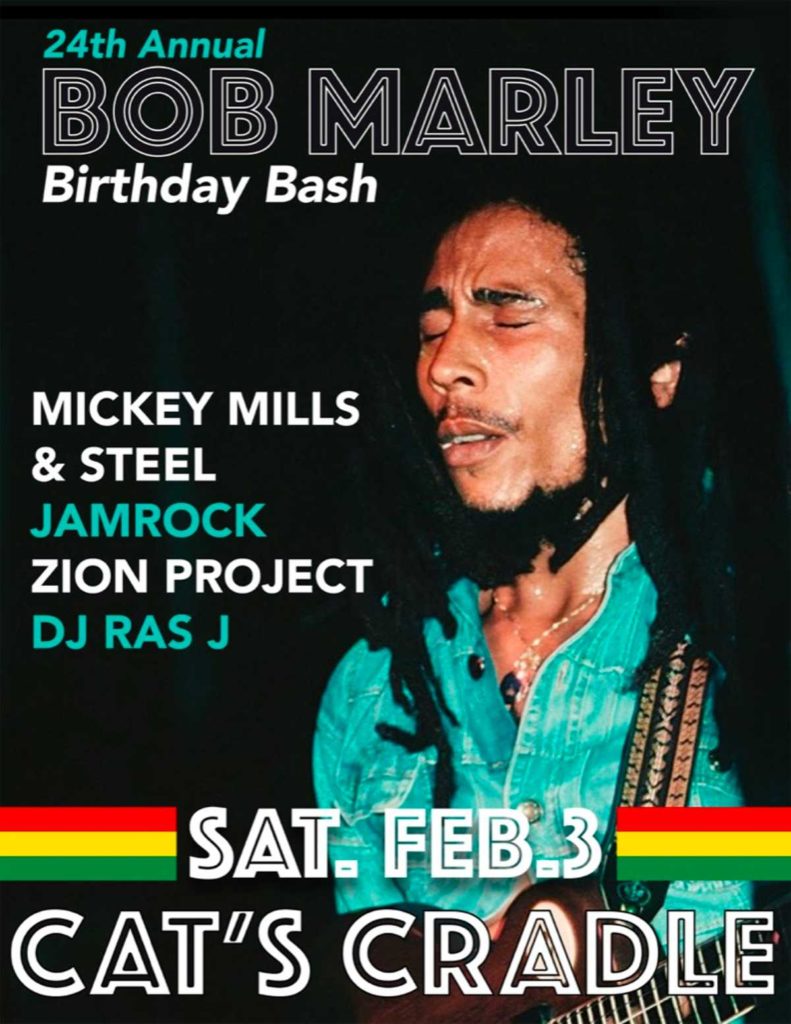
The 24th Annual Bob Marley Birthday Bash returns with Mickey Mills & Steel, Jamrock, Zion Project and DJ Ras J. Celebrate the music and message of reggae superstar Bob Marley and bask in the positive energy and natural healing power of live reggae music. Jamaican food and local vendors will also be on hand for this uplifting show, produced by Steel Productions. ☆ Mickey Mills & SteelA pioneer of the reggae scene in North Carolina for decades, Mickey Mills is a talented singer, keyboardist, and songwriter once called “the fastest steel drum soloist on earth.” Born and raised in Trinidad, he first started playing steel drums at the age of 12. During his long career, he has worked with legendary artists such as The Rolling Stones, Johnny Mathis, and Mighty Sparrow. He has performed in the off-Broadway show “House of Flowers,” on the television show Matlock on NBC, and is no stranger to such prestigious venues as The Village Gate and Madison Square Garden. Mickey, who cites Bob Marley as one of his major influences, also works in schools conducting workshops with young people across the country as a music educator with his “Island In The Sun” and “Steel-A-Rama” cultural programs. ☆ Jamrock Reggae BandFounded in 1995, this energetic band is a Bob Marley Birthday Bash regular, and one of the most active reggae groups in North Carolina. The group’s success can be attributed to their sound, which reflects the authentic style of how reggae music is played live in Jamaica. With a strong emphasis on entertainment and musicianship, Jamrock has shared the stage with the top names in reggae including Keith Poppin, the Meditations, Donovan Carless, and more. Catch them every summer at the Cary Starlight series! ☆ Zion ProjectCovering a vast expanse of musical knowledge reaching from Seattle to Washington, DC, the Zion Project has shared the stage with such reggae royalty as Toots and the Maytals, The Wailers, The Abyssinians, and The Itals. Based in Asheville, NC, the Zion Project was formed through the collective consciousness of Rastafari, combining roots rhythms with soul and jazz influences and an uplifting message. Over the years, the Zion Project has developed a unique style of heavy roots, harmonized vocals, and upbeat songs, bursting with energy. ☆ DJ Ras JWith over 25 years on the decks and a deep collection of rare Jamaican 45s, Ras J has performed at sold-out shows alongside reggae legends such as Lee “Scratch” Perry, Toots & the Maytals, & the Wailers, and performed at festivals up & down the East Coast. A former roadie for dancehall icon Super Cat, his “Simmer Down” roots reggae events helped usher in the current worldwide vinyl resurgence. In 2020, Ras J made his first movie cameo in “The Herb Train” on Amazon Prime. His live dub mixes and creative, high-energy vinyl sets explore the boundaries and connections of reggae music and beyond. Facebook | Instagram

